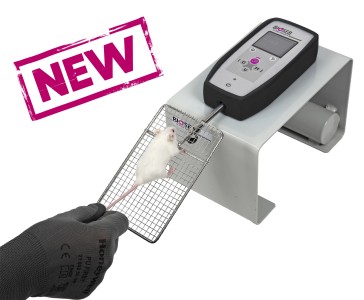Authors
JJ Luszczki JJ1, P Patrzylas, M Zagaja, M Andres-Mach, K Zaluska, MW Kondrat-Wrobel, M Szpringer, J Chmielewski, M Florek-Luszczki
Lab
Department of Pathophysiology, Medical University of Lublin, Lublin, Poland
Journal
PLOS One
Abstract
Accumulating evidence indicates that cannabinoid CB1 receptor ligands play a pivotal role in seizures, not only in preclinical studies on animals, but also in clinical settings. This study was aimed at characterizing the influence of arachidonyl-2_-chloroethylamide (ACEAa selective cannabinoid CB1 receptor agonist) co-administered with phenylmethylsulfonyl fluoride (PMSF) on the anticonvulsant potency of various antiepileptic drugs (clobazam, lacosamide, levetiracetam, phenobarbital, tiagabine and valproate) in the 6-Hz corneal stimulation model. Psychomotor seizures in male albino Swiss mice were evoked by a current (32 mA, 6 Hz, 3 s stimulus duration) delivered via corneal electrodes. Potential adverse effects produced by the antiepileptic drugs in combination with ACEA+PMSF were assessed using the chimney test (motor performance), passive avoidance task (remembering and acquisition of learning), and grip-strength test (muscular strength). Brain concentrations of antiepileptic drugs were measured by HPLC to exclude any pharmacokinetic contribution to the observed effect. ACEA (5 mg/kg, i.p.) + PMSF (30 mg/kg, i.p.) significantly potentiated the anticonvulsant potency of levetiracetam (P<0.05), but not that of clobazam, lacosamide, phenobarbital, tiagabine or valproate in the 6-Hz corneal stimulation model. Moreover, ACEA+PMSF did not significantly affect total brain concentrations of levetiracetam in mice. No behavioral side effects were observed in animals receiving combinations of the studied antiepileptic drugs with ACEA+PMSF. In conclusion, the combined administration of ACEA+PMSF with levetiracetam is associated with beneficial anticonvulsant pharmacodynamic interaction in the 6-Hz corneal stimulation model. The selective activation of cannabinoid CB1 receptor-mediated neurotransmission in the brain may enhance levetiracetam-related suppression of seizures in epilepsy patients, contributing to the efficacious treatment of epilepsy in future.
BIOSEB Instruments Used
Grip strength test (BIO-GS3)
Source :
http://journals.plos.org/plosone/article?id=10.1371/journal.pone.0183873

 Pain - Thermal Allodynia / Hyperalgesia
Pain - Thermal Allodynia / Hyperalgesia Pain - Spontaneous Pain - Postural Deficit
Pain - Spontaneous Pain - Postural Deficit Pain - Mechanical Allodynia / Hyperalgesia
Pain - Mechanical Allodynia / Hyperalgesia Learning/Memory - Attention - Addiction
Learning/Memory - Attention - Addiction Physiology & Respiratory Research
Physiology & Respiratory Research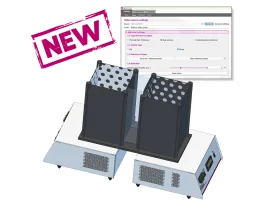
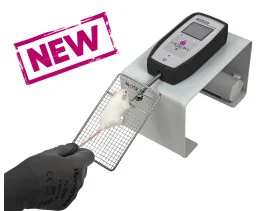
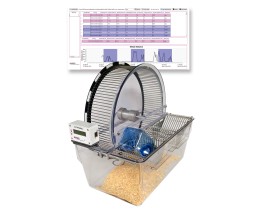

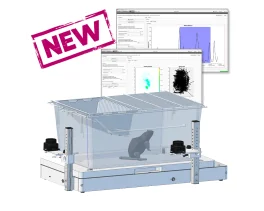

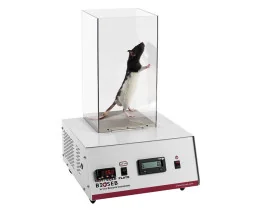
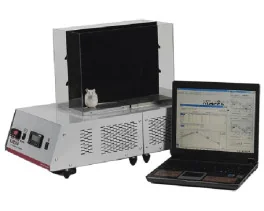

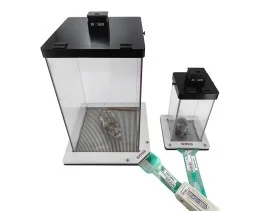

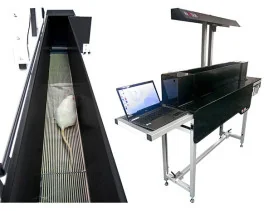
![Dynamic Weight Bearing 2.0 – Postural Module [Add-on]](https://bioseb.com/733-home_default/dynamic-weight-bearing-20-add-on-postural-module.jpg)
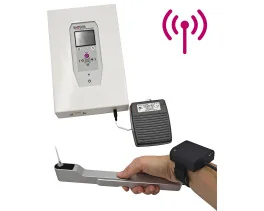


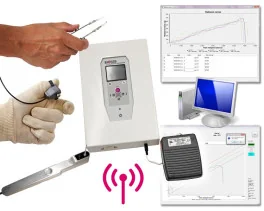

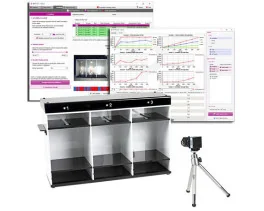
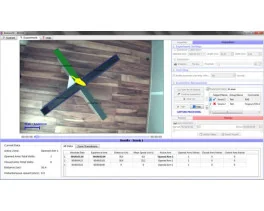
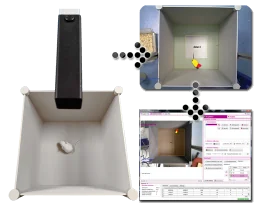


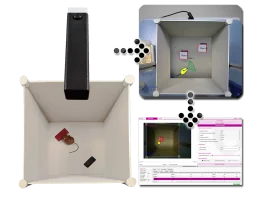

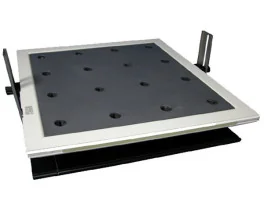


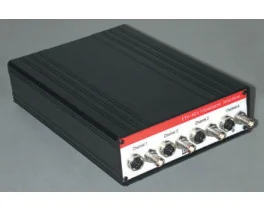
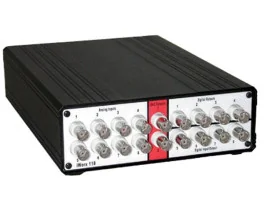
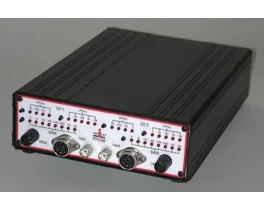
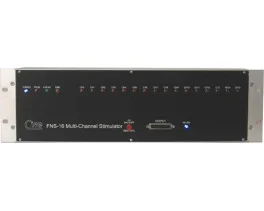
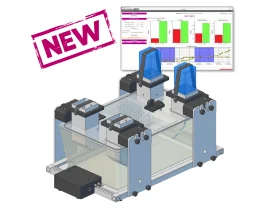


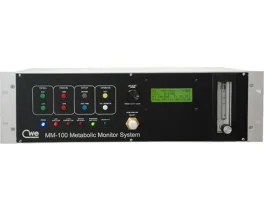

 Pain
Pain Central Nervous System (CNS)
Central Nervous System (CNS) Neurodegeneration
Neurodegeneration Sensory system
Sensory system Motor control
Motor control Mood Disorders
Mood Disorders Other disorders
Other disorders Muscular system
Muscular system Joints
Joints Metabolism
Metabolism Cross-disciplinary subjects
Cross-disciplinary subjects CONFERENCES & MEETINGS
CONFERENCES & MEETINGS 